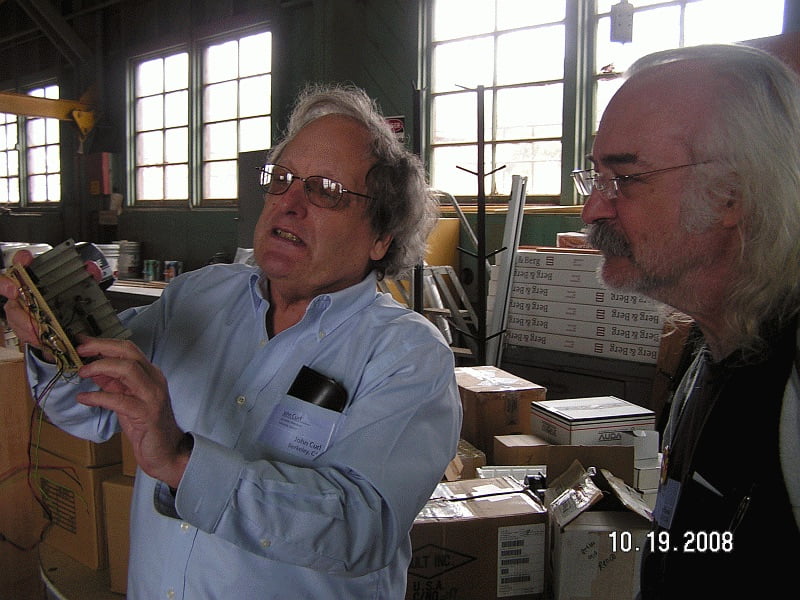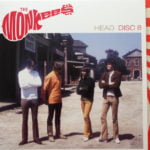It’s the time of year for saving money!
In a recent conversation with John Curl, one of our hobby’s greatest electronics designers, something came up that I’d never really given much thought before, but that John apparently has to deal with all the time: Audiophiles who want good sound and want to build speakers or electronics for themselves, their friends, or even for limited sale, “from scratch” (or at least from basic parts), but seem to have no clue at all as to what’s involved ― from any design, production, or other standpoint ― in actually building a product or bringing it to market.
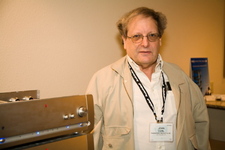 Besides his regular job as the designer of some of our industry’s finest products, John Curl writes on one of the popular do-it-yourself blogs, giving advice and handy hints to readers who want or need to either build, set-up, modify, or maintain their own Systems. In doing that, he gets all kinds of questions and all kinds of responses to his answers. Other than outright Trolls, though, who seem to make it a point to disbelieve and attack anything that in any way departs from the absolutely conventional, the only guys he’s really troubled by are the ones who want him to provide free plans and parts lists so they can build their own “Genuine John Curl” electronics and not have to buy them from the people that John depends on for his living.
Besides his regular job as the designer of some of our industry’s finest products, John Curl writes on one of the popular do-it-yourself blogs, giving advice and handy hints to readers who want or need to either build, set-up, modify, or maintain their own Systems. In doing that, he gets all kinds of questions and all kinds of responses to his answers. Other than outright Trolls, though, who seem to make it a point to disbelieve and attack anything that in any way departs from the absolutely conventional, the only guys he’s really troubled by are the ones who want him to provide free plans and parts lists so they can build their own “Genuine John Curl” electronics and not have to buy them from the people that John depends on for his living.
Even if he wanted to, of course, John couldn’t give out the plans for existing Mark Levinson, Parasound, or Constellation products or for any of the other products he’s designed or worked on without the manufacturers’ permission. Those companies have bought and own his designs, and he has no right to take them, either for his own use or to give to anyone else. But even if he were to develop free original designs for DIY audiophiles – things that no one else had ever seen or done at all – would that really do the great majority of them any good?
One incident that happened to me years ago that might help to answer that:
While I still owned XLO, I once had someone call me and say that, although he admired my work and lusted after a pair of XLO Limited Edition speaker cables, he thought they were greatly overpriced (the MSRP at that time was US$10,500 for an 8 foot [2.44 meter] pair) and urged me to lower the price so that everyone could afford them. Because he was obviously sincere, and even altruistic, in wanting everyone to be able to afford the cables that he (and a goodly number of major magazine reviewers here and abroad) believed to be “The Best in the World”, and because he made it clear that he thought my claimed inability to do so was just an excuse for high prices, I eventually, just to prove my point, sent him – without charge of any kind – the plans and list of materials for just the cable portion of those cables (not including any of the connectors or fittings), saying that, if he thought I was charging too much, he should go out and, with my blessings, have some made for himself.
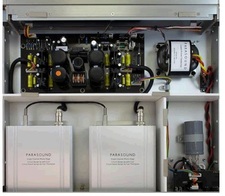 The fact of it was that those cables were as expensive as they were because they were HUGELY expensive to build: In addition to some of the most expensive materials ever used for such a product, there were nineteen (!) discreet steps in bringing the cable (again, just the cable, itself) from raw materials to its finished state, and most manufacturers – even most manufacturers with whom we had an ongoing relationship – simply weren’t willing to undertake a project of that magnitude. And even when I did find one that would, I was still faced with a cost, TO ME, of US$135 per linear foot (that’s 16 feet per 8 foot pair), with a minimum per-batch order of 1,000 feet and a contractual commitment for at least two-batches.
The fact of it was that those cables were as expensive as they were because they were HUGELY expensive to build: In addition to some of the most expensive materials ever used for such a product, there were nineteen (!) discreet steps in bringing the cable (again, just the cable, itself) from raw materials to its finished state, and most manufacturers – even most manufacturers with whom we had an ongoing relationship – simply weren’t willing to undertake a project of that magnitude. And even when I did find one that would, I was still faced with a cost, TO ME, of US$135 per linear foot (that’s 16 feet per 8 foot pair), with a minimum per-batch order of 1,000 feet and a contractual commitment for at least two-batches.
Yup, it’s true: In order to bring the Limited Edition speaker cables to market, XLO had to lay out – not including any cost for connectors, for fittings, for packaging, or for the labor to bring it all together – US$135,000 in cash, with a total amount at risk of US$270,000 BEFORE WE COULD PRODUCE AND SELL EVEN THE VERY FIRST PAIR OF LIMITED EDITION SPEAKER CABLES!
Guess what? I told that to my audiophile caller, and he didn’t believe me – until some weeks later, when he called to sheepishly ask me for the name of a nearby XLO dealer so that he could buy the cables he wanted through regular channels. It seems that he had called some of the bigger cable manufacturers (the people that we High End cable companies use for building cables to our own – at least in XLO’s case – proprietary designs) and had found that what I told him was true: Even with the design in hand, actually getting cables built – especially in very small quantities – was either impossible or impossibly expensive.
That was cables, of course, and to get cables custom-fabricated is always costly and always involves a substantial minimum purchase. But what about electronics? What about making a “one-off” John Curl something?
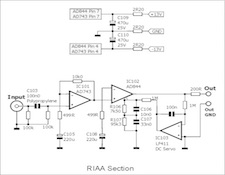 The electronic components that go into making our electronics (the tubes, transistors, resistors, capacitors, diodes, transformers, etc.) are, unlike proprietary cabling, available “as standard” (at least in most cases) from their manufacturers, so they don’t need to be custom-built to order.. Even so, substantial economies of scale are almost always available to manufacturers and a DIY audiophile wanting to buy just one or two of whatever part will likely pay many times more for it than a manufacturer who is ordering those same parts by the hundreds or thousands. That’s a distinct point against the home hobbyist.
The electronic components that go into making our electronics (the tubes, transistors, resistors, capacitors, diodes, transformers, etc.) are, unlike proprietary cabling, available “as standard” (at least in most cases) from their manufacturers, so they don’t need to be custom-built to order.. Even so, substantial economies of scale are almost always available to manufacturers and a DIY audiophile wanting to buy just one or two of whatever part will likely pay many times more for it than a manufacturer who is ordering those same parts by the hundreds or thousands. That’s a distinct point against the home hobbyist.
Another one is that the old saying that “Practice makes perfect” is true, and the quality of construction of a product mass-produced by a manufacturer is likely to be higher than one made by any but the most skilled home hobbyist. Its looks will likely be better, too, with expensive extruded or machined metalwork and custom finishes, instead of the cheap sheet-metal chassis and other parts that hobbyist can buy “over the counter”.
Given higher hobbyist costs for components, metalwork, and finishing, the factory product – even including factory labor — may not really cost all that much more than the one made by the DIYer at home, and is likely to have substantially greater re-sale value on the used market than even the best homemade version of exactly the same circuit. And that could lead the committed but impecunious Hi-Fi Crazy to simply buy the used one to begin with, instead of trying, with whatever success, to build his own.
The fact of it is that, unless you’re doing it for the sheer joy of making something with your own hands or for the bragging right of being able to say that it was YOU and no one else who actually built the system that gives you and your friends and family so much musical pleasure, DIY may not really be the thing for you.
If, on the other hand, it really IS what turns you on, GO FOR IT! John and I both wish you great fun and great sound as your reward!
